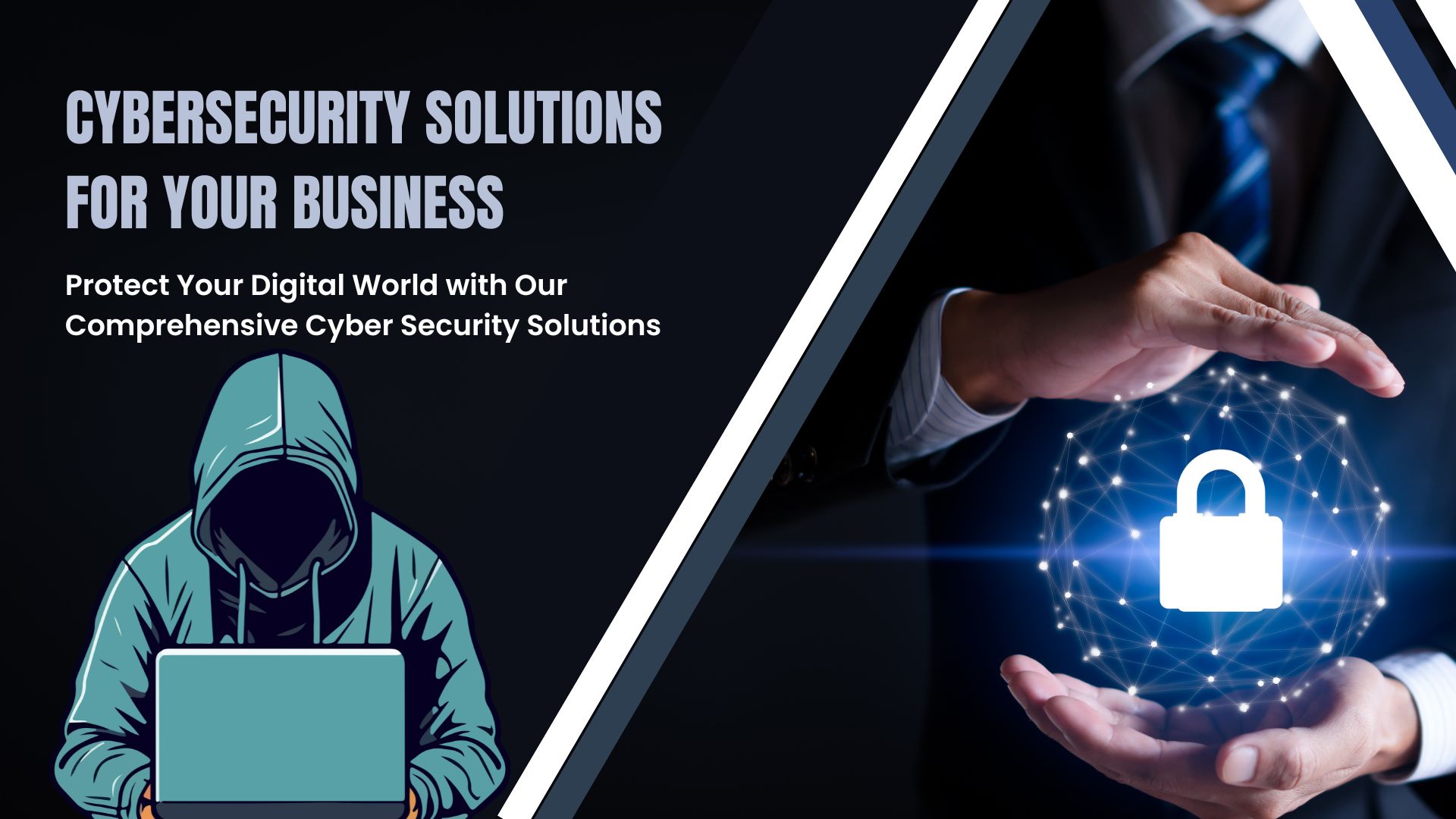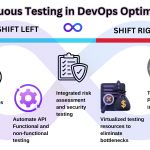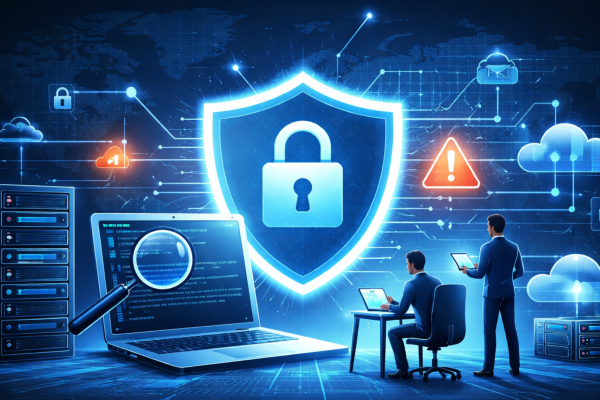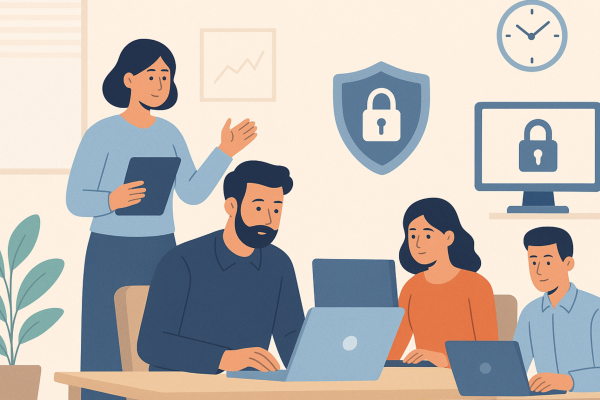Comprehensive Cybersecurity Solutions for Your Business
Introduction
In today’s digital landscape, cybersecurity solutions are paramount for protecting your business from a myriad of cyber threats. With the increasing threats of data breaches and ransomware attacks, the necessity for robust cybersecurity measures has never been more critical.
In this blog, we will delve into the various aspects of cybersecurity solutions, highlighting their importance, components, and the best practices to safeguard your business.
Understanding Cybersecurity Solutions
Cybersecurity solutions encompass a range of technologies, processes, and practices designed to protect networks, devices, programs, and data from attack, damage, or unauthorized access. These solutions are critical in ensuring the confidentiality, integrity, and availability of information.
Why Cybersecurity Solutions are Essential
The increasing sophistication of cyber threats requires businesses to implement comprehensive cybersecurity solutions. Here are some key reasons why these solutions are essential:
Benefits of Continuous Testing
- Protecting Sensitive Data: Cybersecurity solutions safeguard sensitive information such as customer data, financial records, and intellectual property.
- Ensuring Business Continuity: Effective cybersecurity measures help prevent disruptions to business operations caused by cyber incidents.
- Maintaining Customer Trust: Implementing strong cybersecurity practices builds customer confidence and trust in your brand.
- Compliance with Regulations: Many industries have regulatory requirements for data protection. Cybersecurity solutions help businesses comply with these regulations.
components of Cybersecurity Solutions
Cybersecurity solutions consist of various components that work together to protect your business from cyber threats. Here are some of the critical components:
1. Firewalls
Firewalls are the first line of defense in cybersecurity solutions. They monitor and control incoming and outgoing network traffic based on predetermined security rules. Firewalls help prevent unauthorized access to your network and are crucial for protecting sensitive data.
2. Intrusion Detection and Prevention Systems (IDPS)
IDPS are essential components of cybersecurity solutions that detect and respond to potential threats. These systems monitor network traffic for suspicious activity and take action to block or mitigate attacks.
3. Antivirus and Anti-malware Software
Antivirus and anti-malware software are fundamental cybersecurity solutions that protect against malicious software. These programs scan, detect, and remove malware from your devices, ensuring they remain secure.
4. Data Encryption
Data encryption is a critical component of cybersecurity solutions. It involves transforming data into a code to prevent unauthorized access. Encryption ensures that, even if intercepted, the data remains unreadable without the decryption key.
5. Multi-factor Authentication (MFA)
Multi-Factor Authentication (MFA) enhances the security of your login process by adding an extra layer of protection. By requiring multiple forms of verification, such as a password and a code sent to a mobile device, MFA reduces the risk of unauthorized access.
6. Security Information and Event Management (SIEM)
SIEM systems are comprehensive cybersecurity solutions that provide real-time analysis of security alerts generated by applications and network hardware. SIEM systems help identify potential threats and respond to them promptly.
7. Regular Security Audits
Conducting regular security audits is an essential practice in maintaining robust cybersecurity solutions. Audits are crucial for identifying vulnerabilities and ensuring that security measures remain up to date.
Best Practices for Implementing Cybersecurity Solutions
Implementing effective cybersecurity solutions requires a strategic approach. Here are some best practices to consider:
1. Conduct Risk Assessments
Conducting regular risk assessments helps identify potential threats and vulnerabilities. Understanding the risks allows you to implement targeted cybersecurity solutions.
2. Develop a Cybersecurity Policy
A comprehensive cybersecurity policy outlines the protocols and procedures for protecting your business. It should include guidelines for data protection, employee training, and incident response.
3. Employee Training
Employees are often the weakest link in cybersecurity. Regular training on best practices and recognizing phishing attempts can significantly reduce the risk of cyber incidents.
4. Keep Software Updated
Regularly updating software and systems ensures that you have the latest security patches. Cybersecurity solutions are only effective if they are up to date.
5. Backup Data Regularly
Regular data backups are crucial for disaster recovery. Ensure that your backups are stored securely and tested regularly.
6. Monitor Network Traffic
Continuous monitoring of network traffic helps identify suspicious activity early. Implementing cybersecurity solutions that include real-time monitoring is essential.
7. Implement Access Controls
Restricting access to sensitive data ensures that only authorized personnel can access it. Implementing role-based access controls is a key aspect of cybersecurity solutions.
Cybersecurity Solutions in Practice: A Case Study
To illustrate the importance of cybersecurity solutions, let’s consider a case study of a mid-sized company that faced a ransomware attack.
Case Study: Ransomware Attack on XYZ Corp
Background: XYZ Corp, a mid-sized financial services company, experienced a ransomware attack that encrypted critical business data.
Impact: The attack resulted in significant downtime, loss of sensitive data, and a considerable financial loss.
Response: XYZ Corp implemented comprehensive cybersecurity solutions, including:
Firewalls and IDPS to prevent unauthorized access.
Antivirus and anti-malware software detect and remove malicious software.
Data encryption to protect sensitive information.
MFA to secure user accounts.
SIEM to monitor and analyze security events.
Outcome: Post-implementation, XYZ Corp has significantly reduced the risk of cyber threats, ensuring business continuity and data protection.
Conclusion
In an era where cyber threats are continually evolving, implementing robust cybersecurity solutions is not just an option but a necessity. By understanding the components and best practices of cybersecurity solutions, businesses can protect themselves from potential cyber-attacks and ensure the safety of their data and operations.
Author







